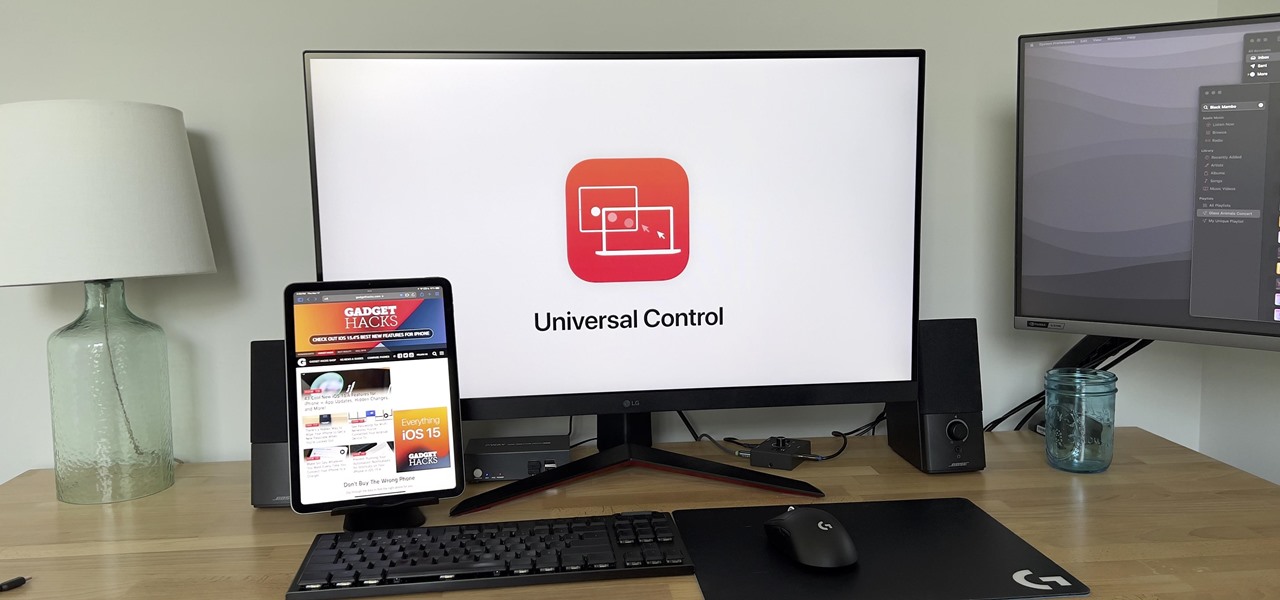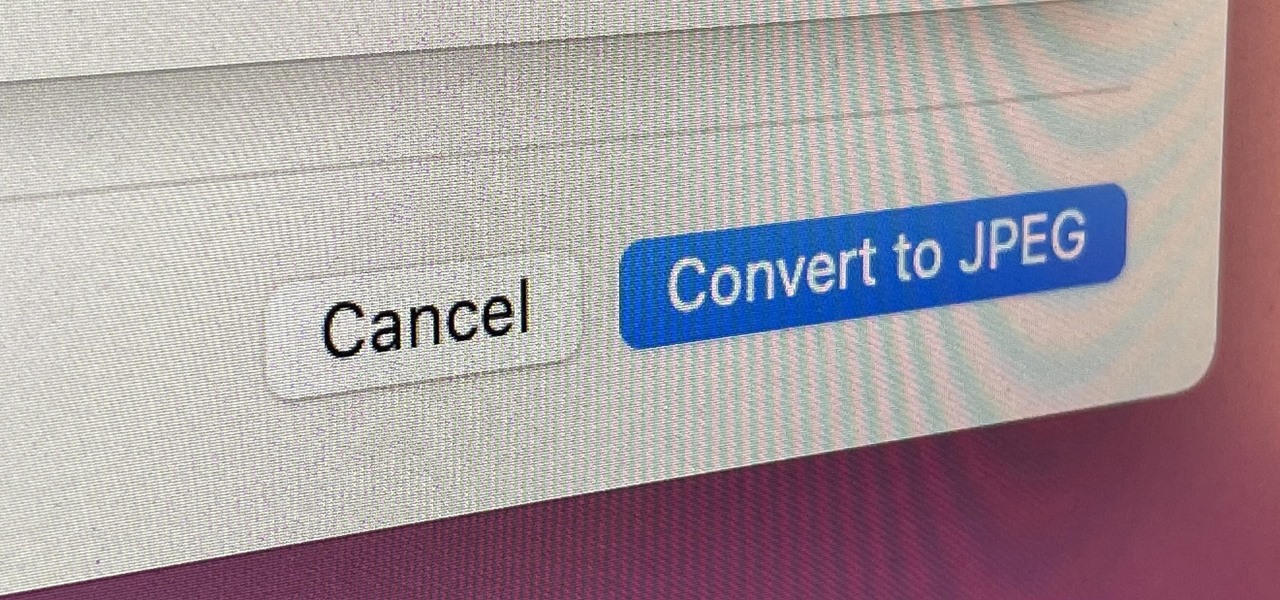I Didn’t Start Buying Samsung Phones Until They Got Boring
Samsung Phones & Tablets
Quick Links
-
Early Samsung Phones Felt Cheap
-
TouchWiz Hurt My Eyes
-
Galaxy Phones Have Discovered Elegance
-
Each Year Sees My Favorite Galaxy Yet
-
My Favorites Are the Ones That Fold
With each new Galaxy phone looking similar to the last, many long for the good ‘old days when Samsung experimented more. Not me. I didn’t start buying Samsung phones until they got dull, and to my eyes, they’re now the best they’ve ever been.
Early Samsung Phones Felt Cheap
I started my career writing about Android during the years when the Galaxy SII and SIII already dominated the non-iPhone market. I wrote about the advancements these phones made and pointed readers toward deals that could help them save money on their next (at the time, likely first) Galaxy phone. But I wouldn’t buy one myself.
I saw these early Samsung phones as plastic, garish, and unappealing—a power user’s toy designed by engineers. The rear panels could pop off to reveal a user-replaceable battery, but this wasn’t the premium-feeling plastic we see on the Pixel A series today. This plastic made $600 flagship phones look and feel like they should be sold for half as much.
This was an era when the iPhone earned its reputation as a trendsetter. While there were many reasons I did not want one, I envied the look. No, I didn’t want a carbon copy of the iPhone. I eventually fell in love with the HTC One M7 because it finally offered us Android fans a distinct but gorgeous phone to call our own. But Samsung outsold HTC with millions of plastic phones.
In the years to come, Galaxy products continued to excel at specs, but there wasn’t much of a strong visual identity. Each device had an iPhone-like “home” button flanked by two buttons still common to Android at the time: capacitive “menu” and “back” buttons. I couldn’t get over the Samsung logo plastered directly above or below the screen, as though this were a computer monitor. But that was something almost all Android makers did at the time, and it was my biggest issue with the aforementioned HTC One as well.
As “blah” as I felt looking at Samsung hardware, it was ultimately the software that repelled me most.
TouchWiz Hurt My Eyes
TouchWiz has a polarizing reputation. Samsung phones today are packed with features that, once you grow used to them, are hard to give up. An iPhone or even a Pixel simply doesn’t offer many of the features Samsung makes available, and that’s before you factor in the immensely powerful Good Lock customization tool.
This was already true of TouchWiz back then. There were features tucked away in Galaxy phones that you could not get elsewhere. Unfortunately, TouchWiz didn’t just lack style–it was actively unstylish.
Samsung’s app icons felt better placed on a kid’s toy. The notification tray was all over the place in both color and size. The notification shade and quick toggles were a shade of neon green. For a few years, the lock screen literally rippled like water or sparkled when you unlocked your phone.
Different strokes for different folks—I get it. Personally, I dug phones running stock Android like the Nexus 5, which offered a visual consistency Samsung phones lacked. This was a big part of the reason I got into custom ROMs (knowledge I now use to make minimalist dumbphones).
Galaxy Phones Have Discovered Elegance
This story began to change with the Galaxy S6, which sacrificed the removable battery in favor of an all-glass back and a metal frame. Yet it was the Galaxy S8 that marked a transformative leap forward. This model did away with the clutter above and below the display, giving the phone a clean face with a large screen-to-body ratio. It also offered curved sides that some, myself included, think make phones more comfortable to hold. This model did away with TouchWiz, and it was the first to include Samsung DeX. We’ll come back to the importance of DeX in my life later.
Samsung wasn’t really on my radar back in 2017 when this phone launched. This was around the time I was drooling over the Essential Phone PH-1. Yet looking back on reviews of Samsung phones, this is the first model I would have considered buying. The Galaxy S20 would eventually offer a similar minimalism three years later in 2020, but it was in 2021 that Samsung settled on its current design language with the Galaxy S21.
Since then, Samsung has focused on refining its phones with each passing year. You could call this the time when Samsung became boring, but this is the era when I started to want Samsung hardware. This felt like the period when Samsung had finally figured out how to make a phone as premium as any other and could now focus on gradually making it better.
Each Year Sees My Favorite Galaxy Yet
The Galaxy S25 isn’t a large step up from the S24, which itself wasn’t that different from the S23. Yet each is a slightly more refined version of the one that came before. If price isn’t an issue, the newer model remains the one to get. I personally think the S25 is the best-looking of the recent bunch.
A similar story can be said about the Z Fold line. The differences between the Z Fold 4, 5, and 6 are subtle. Yet Samsung has changed precisely the things that bothered me about the early Z Folds. The Z Fold 5 did away with the gap that was previously there when you closed the phone, meaning the device is now folded flat. The Z Fold 6 made the front display symmetrical, and the screen matched the shape of the phone itself. The Z Fold 6 feels like a perfected Z Fold, not a revolutionary one.
I personally am a big fan of refinement. I think the smartphone industry is placed under unrealistic expectations we don’t have elsewhere. We expect and accept that companies sell literally the same video game console for five years straight. Cars can go four years without a visual refresh. Headphones look the same as they did twenty years ago, just without the wire. Can you tell much of a difference, from the outside, between airplanes today and those in the 1970s?
But if a smartphone maker releases a phone that looks similar to the way it looked a mere two years before, we start asking ourselves if the company is even trying.
My Favorites Are the Ones That Fold
I’ve never owned a phone in the Galaxy S series. Instead, my first Samsung phone was the Galaxy Z Fold 5, which I bought open box for a price I’d consider far more reasonable than MSRP. To my eyes, this was a phone with a near-flawless aesthetic, one essentially perfected by the Z Fold 6. This device doesn’t look like a gadget. It feels like a digital Moleskine. Like the Samsung Frame TV, it sits apart from most of the competition.
I chose a Samsung phone at this point in time because I had fallen in love with Android desktops, and Samsung was known to make the best one. I can confirm this first-hand. Samsung DeX is a more functional, reliable desktop than Motorola’s. Samsung DeX has replaced my PC.
Yet the perks of having a foldable completely won me over. I love reading on this device. It’s great for playing games. I’m surprised by how productive I am on the internal screen alone.
This far along, the Z Fold series is already regarded as boring and iterative, but there still isn’t any other phone quite like it on the market. Other foldables don’t offer a desktop mode. They don’t have nearly as extensive a set of multitasking features. They lack the subdued, classy design that makes the Z Fold 6 look like a premium piece of kit. By comparison, the Google Pixel 9 Pro Fold looks as clunky as its name.
I like my Z Fold 6 (yes, I’ve already swapped my Z Fold 5 for a “like new” Z Fold 6) exactly as it is, and I’m nervous about Samsung caving to pressure to make the phone bigger and even jeopardize the quality of the S Pen in pursuit of making the device thinner (what the obsession with thinness is, I don’t understand—just like my colleague). If the Z Fold 10 were essentially the phone I already have today, with several more years of refinements and spec bumps, that’d likely be the phone I’d get.
I’d love to see an experimental line of gadgets, perhaps a Galaxy X series, where Samsung creates wild prototypes that eventually become their own thing, like the Z Fold that I hold dear. This would be fun. But do I want the existing Samsung phones to change drastically? Nah. Just add back microSD card compatibility (my SIM card tray already has a spot for one, for crying out loud), plus a user-replaceable battery, and call it a day.




















